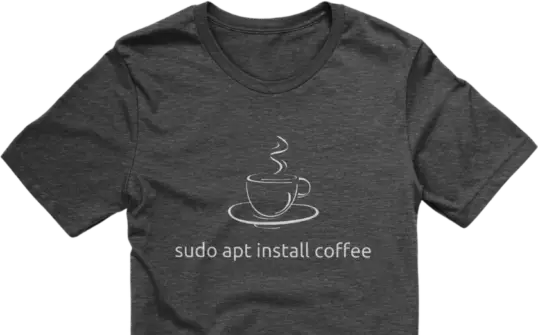In this video, the viewer is shown several varations of the dd command for backing up an SD card.
View attached storage volumes
lsblk
dd command samples
Note: Replace “<DEVICE ID>” with the actual device ID, and “<IMAGE NAME>” with the name you want to call your image.
Note 2: Target the entire SD card, not individual partitions. Basically, leave out the partition numbers:
* "/dev/mmcblk0" instead of "/dev/mmcblk0p1" * "/dev/sdb" instead of "/dev/sdb1"
Normal image (image roughly the same size as the sd card itself)
sudo dd if=/dev/<DEVICE ID> of=<IMAGE NAME>.img bs=4M; sync
Example:
sudo dd if=/dev/mmcblk0 of=mysdcard.img bs=4M; sync
Restore the image created in the previous example (reverse ‘if’ and ‘of’)
sudo dd if=<IMAGE NAME>.img of=/dev/<DEVICE ID> bs=4M; sync
Example:
sudo dd if=mysdcard.img of=/dev/mmcblk0 bs=4M; sync
Create an image (and also compress it at the same time, which saves LOTS of space
sudo dd if=/dev/<DEVICE NAME> | gzip > <IMAGE NAME>.img.gz
Example:
sudo dd if=/dev/mmcblk0 | gzip > mysdcard.img.gz
Restore a compressed SD Card image
sudo gzip -dc <IMAGE NAME>.img.gz | sudo dd of=/dev/<DEVICE ID>
Example:
sudo gzip -dc mysdcard.img.gz | sudo dd of=/dev/mmcblk0


